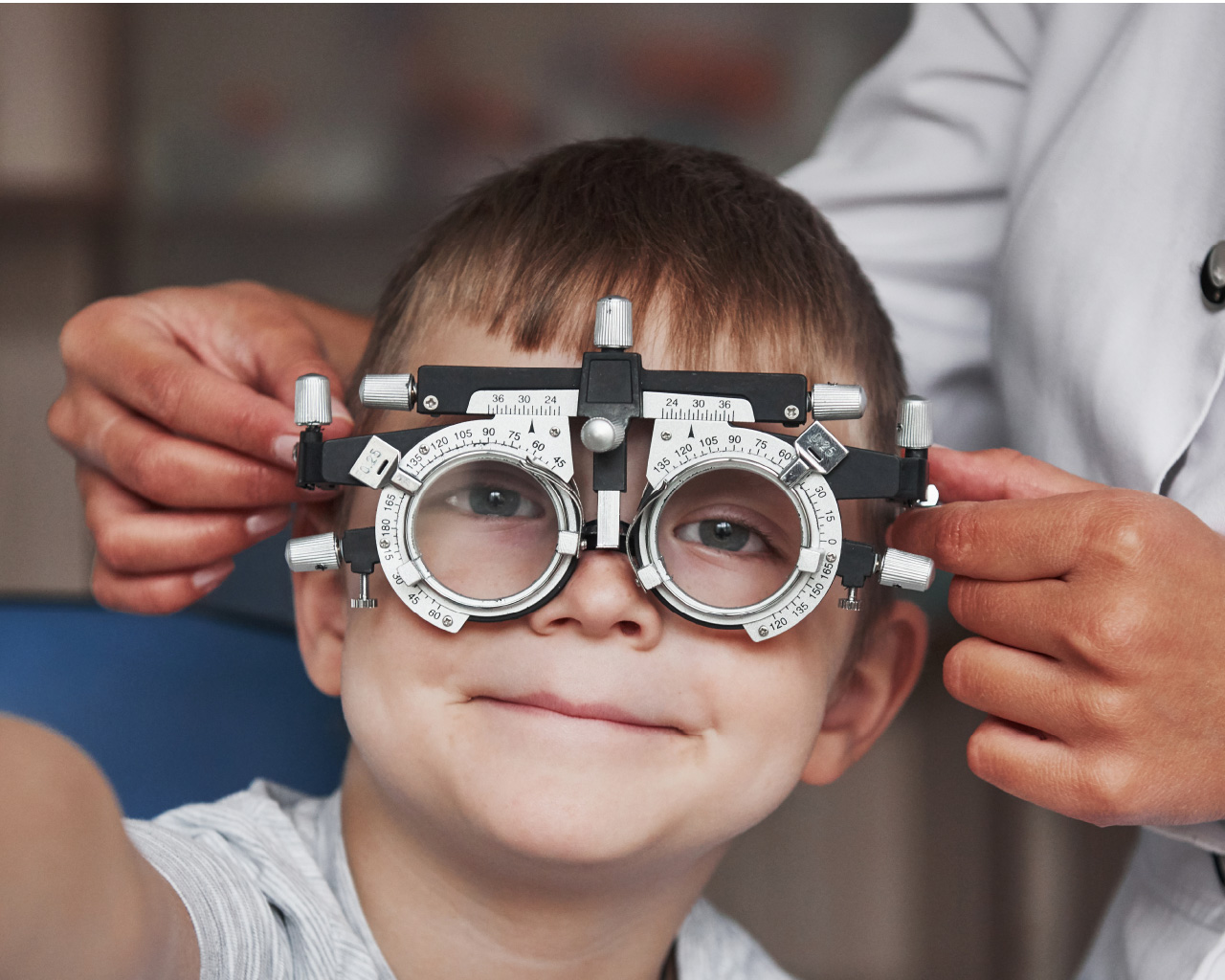
Multiple visual tasks spread across a child's schooling years, including writing and reading their first book, learning an equation on the whiteboard or studying in the tech-enabled virtual learning environment.
A kid's eyes are constantly used for learning or playing, and excessive demands are placed on their visual abilities as they grow with more time spent on reading and homework.
A child's normal visual development happens in their growing years within the first eight years of life. With any issues in their eyesight, their education and sports participation suffer.
Studies reveal a powerful link between a child's eyesight issues and school education. According to the American Optometric Association, eighty per cent of a child's learning happens visually, and 1 in 5 children have a vision issue that interferes with their learning ability.
A child will have to work harder to learn if some visual skills are not functioning correctly. Parents and teachers must be vigilant about indications showing a child has a vision problem.
When the child displays or complains about the above symptoms, take him to a paediatric ophthalmologist (children's eye doctor) for an assessment and appropriate treatment.
One common problem with parents and educators is to assume that if a child passes a school screening test, there is no vision problem. As per the American Optometric Association, around 75 per cent of school screening would miss vision problems.
The most detected vision problem in school-going children is blurry vision or refractive error. It occurs due to nearsightedness (myopia), farsightedness (hyperopia) and astigmatism causing blurry vision.
The vision skills required for successful reading and learning are complex. A child may see clearly and have 20/20 vision but still may be detected with vision problems associated with eye focusing, eye tracking and eye coordination. Hence, a comprehensive eye test is needed that may include:
Moreover, vision changes happen frequently during the school years. Get your child's eye examination done annually or more often if specific problems or risk factors exist or if instructed by your doctor of optometry.
Diagnosis and treatment in the early stages of development, notably between the ages of 2 and 5, help restore most visual impairments that affect young children's learning abilities. The doctor may prescribe eyeglasses, contact lenses, and vision therapy to correct the problems.
Be vigilant of your child’s overall eye health to empower your kid in the learning process. Consult the doctor if you suspect eye issues, and give your child optimal vision support to enhance his education.
Patient Experience